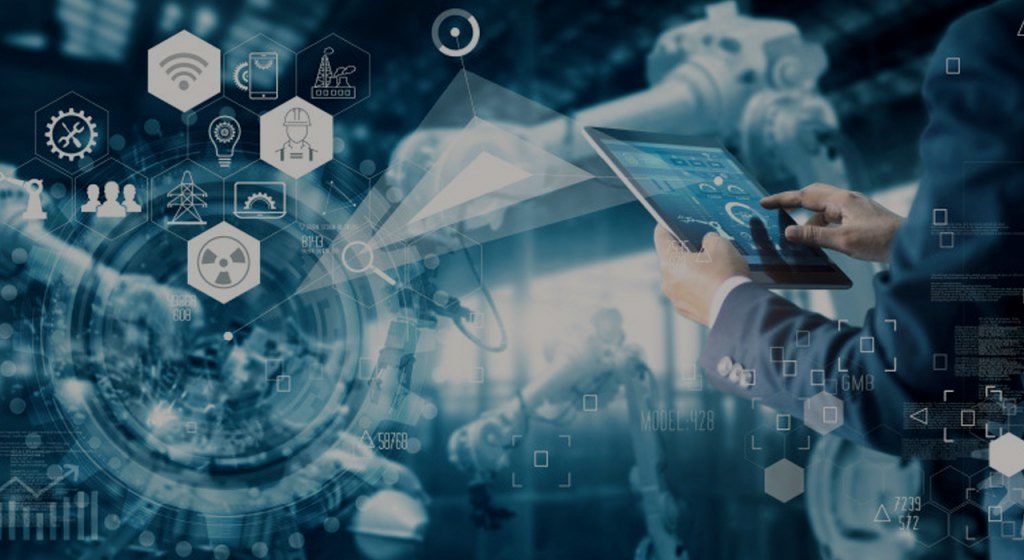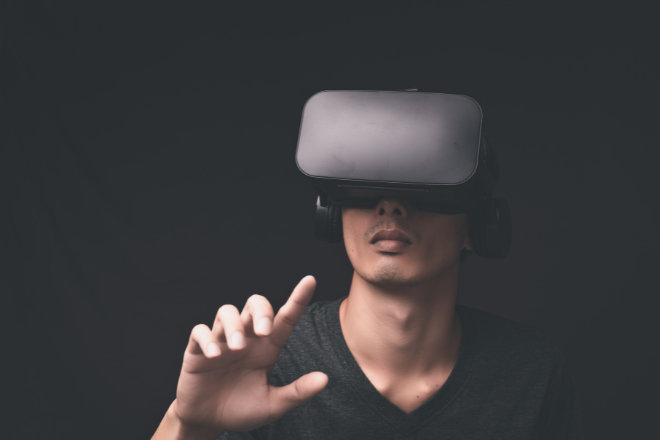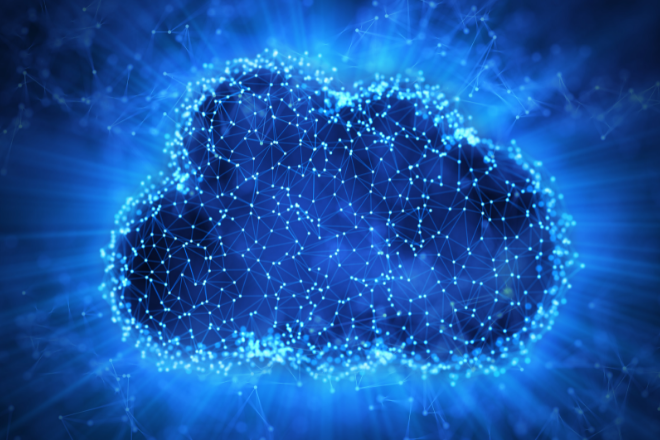In an intelligent enterprise of the future where IT (the ability to provide increasingly close scrutiny…
In an intelligent enterprise of the future where IT (the ability to provide increasingly close scrutiny across a business) and OT (the need to automate operational technology) are tightly integrated, who is designing the role for the “digital me?”
Whenever you read in the news about the latest type of manufacturing automation (robots, cobots, chatbots, drones, augmented reality, virtual reality, and so on … ) it often seems to be an article focusing on the potential downsides: the loss of jobs or the de-humanising effect on the workplace or the “rise of the machines.” So little is written about the upsides of automation – whether it be for the global economy, a particular business, or the human being who is often shifted to the periphery of the discussion.
Let’s be realistic: the only reason that any business will invest in new technology is to create a better return for its shareholders. Simple. The reason that such investments often fail is that they fail to do one simple thing: they fail to account for the human being in all of this. It is human beings who will be asked to provide oversight of a new, automated workplace. It is human beings who will design, build and maintain equipment. It is human beings who will make the judgements on a business case to invest (automation in manufacturing does not come cheap) in new technologies and new ways of working.
To give humans the best chance of doing a good job, we need to provide them (us) with the most relevant information for the task in hand. A product designer needs a good brief from the client, a good understanding of the intended use of the product, a detailed understanding of the required performance envelope of the finished product and the materials he/she is using. They must also be aware of the costs of materials, costs to manufacture and the costs to provide support in the future. Simply, they need a lot of data. This applies throughout the value chain – from ideation through product realisation to service delivery and product/service consumption. However, advanced data capability is relatively rare amongst manufacturers. Only 45%, for example, can access and analyse data from across their value chain according to our Smart Factories @Scale report.
Data collection and evaluation are well understood in the product design phase, and increasingly so in the product/service consumption phase (we are all encouraged to read the labels on almost everything we consume – to evaluate the authenticity/calories/salt/fat/sugar content. It’s interesting that the government (at least this is the case in the UK) has realised that, over time, consumers stop reading the details on packaging and so the government has introduced a traffic light system for the aggregation of data to provide us with information that tells us, at a glance, whether something is “good for you.”
This is one of the key challenges for Industry 4.0 and the development of the Smart Factory. How do you enable the human in charge to provide the necessary control over a manufacturing process while trying to automate everything? Everything that is, that can be done quicker, more accurately, and with greater reliability than when done by a human resource.
It doesn’t really matter whether your vision of a Smart Factory is, for example, the use of robots on the production line, or the use of AI to provide quality checks, or the deployment of an algorithm to optimise the use of the various resources in the manufacturing process. It is the role of the human in the new way of working that should receive the most attention and probably receives the least.
In an intelligent enterprise of the future where IT (the ability to provide increasingly close scrutiny across a business) and OT (the need to automate operational technology) are tightly integrated, who is designing the role for the “digital me?” Will the role of the human only be what is left after we have automated everything that can possibly be automated? Will we be the last branch of the automation decision flow chart? IF not economically viable to automate THEN give the task to a human. To find out how Stanley Black & Decker Inc., an S&P 500 consumer and industrial power tool company, utilised IT-OT convergence to develop a coherent solution to manage a complex production line, read our Smart Factories report.
Humans are good at solving problems. When a factory needs to change its output tomorrow due to a change in demand for its products today, we can feed the demand data into our software, but it’s the human that will need to evaluate if this is a sensible thing to do. Yes, it is sub-optimal for a business to make ad-hoc management decisions in response to unplanned events, so it becomes vitally important to use all available data to give a forward-looking view of likely outcomes and give the human supervisor/manager the best chance of making the best decision possible.
If Industry 4.0 is about the interaction of the physical world with the automated, data-driven world, then we should spend more time designing the role of the human and when designing the systems they will be using, invest time and effort to ensure that a truly intelligent enterprise creates the environment for a human to succeed.
To find out how leading manufacturers are faring on the Smart Factory journey, read our Smart Factories @Scale report, or if you’d like to know how we can help you with Industry 4.0 challenges, email me nigel.thomas@capgemini.com




